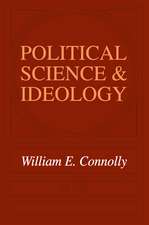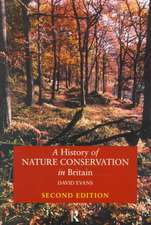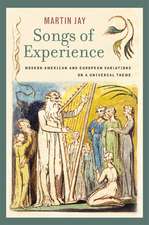Mandeville's Medieval Audiences: A Study on the Reception of the Book of Sir John Mandeville (1371-1550)
Autor Rosemary Tzanakien Limba Engleză Hardback – 8 apr 2003
Preț: 238.30 lei
Preț vechi: 283.05 lei
-16% Nou
Puncte Express: 357
Preț estimativ în valută:
45.60€ • 47.61$ • 37.74£
45.60€ • 47.61$ • 37.74£
Carte tipărită la comandă
Livrare economică 05-19 aprilie
Preluare comenzi: 021 569.72.76
Specificații
ISBN-13: 9780754608462
ISBN-10: 0754608468
Pagini: 318
Dimensiuni: 156 x 234 x 24 mm
Greutate: 0.62 kg
Ediția:1
Editura: Taylor & Francis
Colecția Routledge
Locul publicării:Oxford, United Kingdom
ISBN-10: 0754608468
Pagini: 318
Dimensiuni: 156 x 234 x 24 mm
Greutate: 0.62 kg
Ediția:1
Editura: Taylor & Francis
Colecția Routledge
Locul publicării:Oxford, United Kingdom
Cuprins
Contents: Preface; Introduction; The pilgrimage route; Geographical information; Romantic interludes; Historical interest; Theological considerations; Conclusion; Bibliography; Index.
Recenzii
'... this is a worthy book, not least because its systematic presentation of rich data should prompt further study of the fascinating legacy left by the most enigmatic of all medieval travel account.' Studies in Travel Writing '... provides a wealth of information in its tables, illustrations, and bibliography... analyses are thoughtful and clearly stated... Mandeville's Medieval Audiences can claim a spot among the relatively small group of invaluable works that investigate one of the most popular books of the Middle Ages and the Renaissance.' Sixteenth Century Journal
Descriere
The so-called travels of Sir John Mandeville to the Holy Land, India and Cathay were immensely popular throughout Europe during the late medieval period and were translated into nine different languages. This is a detailed study of the audiences of Mandeville's Book, with particular emphasis on its reception in England and France from the time the Book appeared in the 1350s to the mid-16th century. The multiple ways in which audiences interpreted the work, depending on wider social and cultural contexts, are analysed thematically, under the headings of pilgrimage, geography, romance, history and theology, and contrasted with what can be learned of the author's intentions. The book is well-illustrated with images taken from both manuscript and early printed editions: in her study of these and the marginal notes, Rosemary Tzanaki shows their importance for seeing what readers found of interest. Her analysis makes a significant contribution to our understanding of how people in medieval Europe perceived the outside world.




























